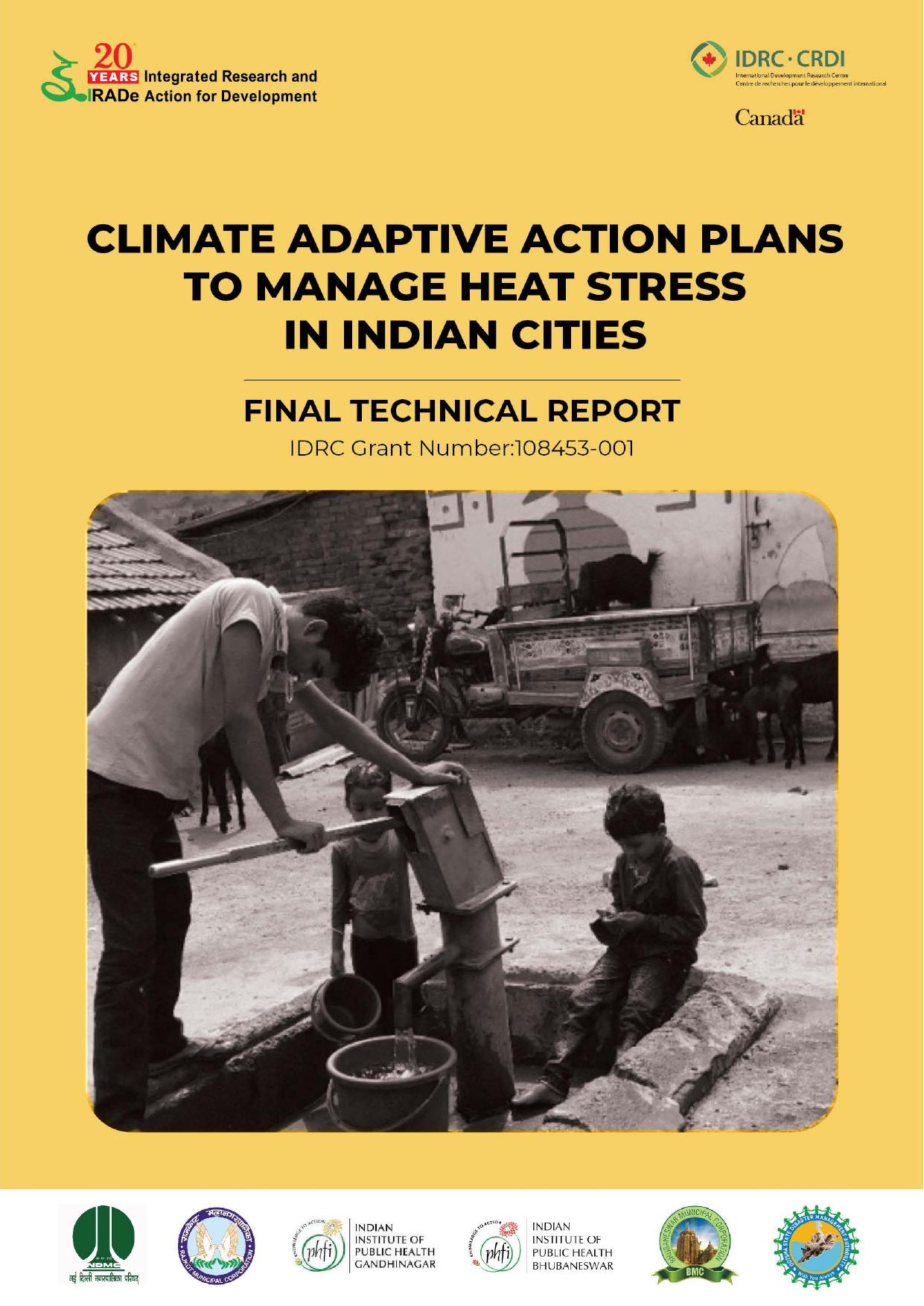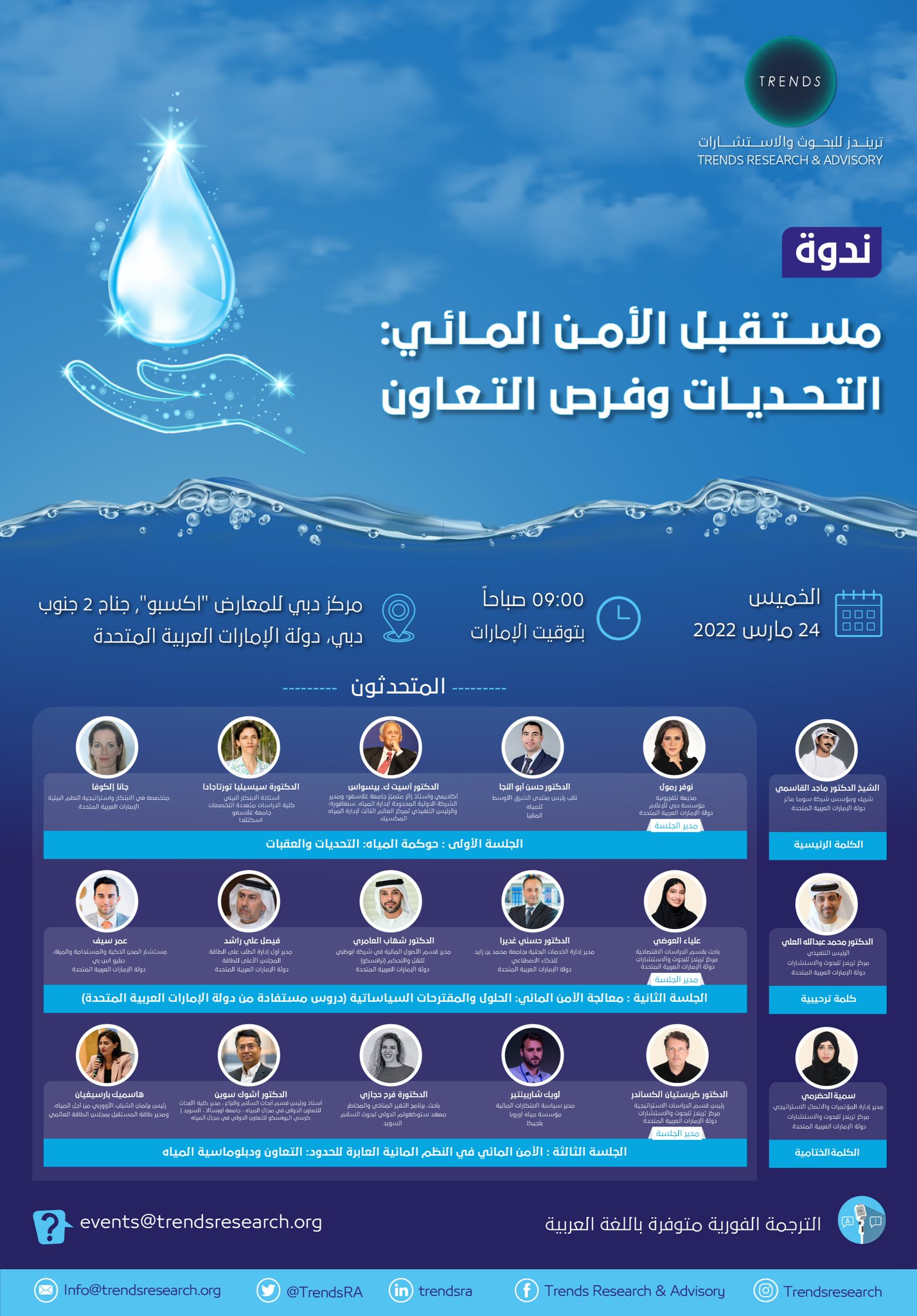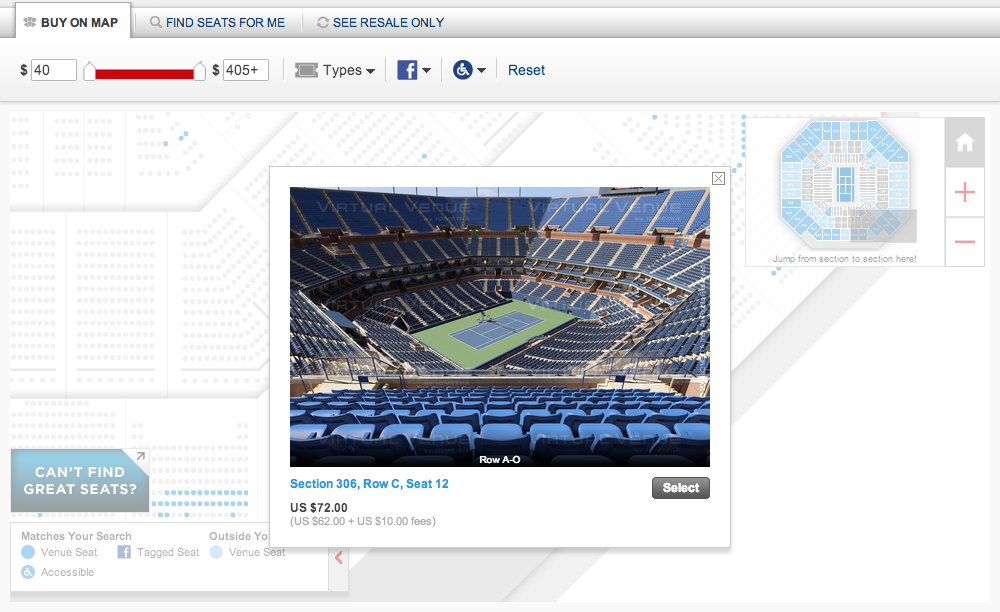Super Cool Materials: Combating Urban Heat In Indian Cities

Table of Contents
Understanding the Urban Heat Island Effect in Indian Contexts
The urban heat island effect is the phenomenon where urban areas experience significantly higher temperatures than surrounding rural areas. This is due to factors like reduced vegetation, increased paved surfaces, and the heat generated by buildings and infrastructure. In India, this effect is particularly pronounced due to several factors: dense populations, limited green spaces, and the widespread use of heat-absorbing building materials.
- Increased energy consumption for cooling: Higher temperatures necessitate greater reliance on air conditioning, increasing energy consumption and carbon emissions.
- Health risks associated with heat stress: Extreme heat leads to heatstroke, respiratory problems, and other health complications, disproportionately affecting vulnerable populations. Studies show a direct correlation between rising temperatures and increased hospital admissions for heat-related illnesses.
- Reduced productivity and economic losses: Heat stress can significantly reduce worker productivity, impacting various sectors of the economy.
- Impact on vulnerable populations: The elderly, children, and low-income communities are particularly vulnerable to the effects of urban heat. They often lack access to adequate cooling and resources to cope with extreme temperatures.
A 2021 study by the Indian Institute of Tropical Meteorology found that several major Indian cities experienced a significant increase in average temperatures over the past few decades, highlighting the urgency of addressing this issue.
Exploring "Super Cool Materials" for Sustainable Urban Development
"Super cool materials" are innovative materials engineered to possess superior thermal properties, effectively reducing surface temperatures and improving thermal comfort. These materials generally exhibit high albedo (reflectivity), high thermal emissivity (ability to radiate heat), and low thermal conductivity (resistance to heat transfer). Their application offers a promising avenue towards mitigating the urban heat island effect.
Cool Roofs
Cool roofs are designed to reflect sunlight and radiate heat, thus reducing building temperatures and the overall urban heat island effect. Several types exist:
- White roofs: These roofs utilize highly reflective white coatings to maximize solar reflectance.
- Reflective coatings: These coatings can be applied to existing roofs to improve their reflectivity.
- Green roofs: These roofs are partially or completely covered with vegetation, providing insulation and evaporative cooling.
The cost-effectiveness of different cool roof options varies, with white roofs generally being more affordable than green roofs. However, the long-term benefits of reduced energy consumption and extended roof lifespan often outweigh the initial investment. Several successful cool roof implementations in Indian cities demonstrate their effectiveness in reducing building temperatures and energy consumption.
Cool Pavements
Cool pavements, such as permeable pavements and light-colored concrete, play a crucial role in mitigating urban heat. These materials reduce surface temperatures by reflecting more sunlight and allowing water to infiltrate the ground, leading to evaporative cooling.
- Reduced stormwater runoff: Permeable pavements help manage stormwater runoff, reducing flooding and improving water management.
- Impact on pedestrian comfort and safety: Lower surface temperatures improve pedestrian comfort and safety, especially during peak heat hours.
- Examples of cool pavement projects in India: Several Indian cities are starting to implement cool pavement projects, showcasing the growing interest in sustainable urban infrastructure.
Innovative Building Materials
Beyond cool roofs and pavements, other super cool materials offer promising potential.
- Phase-change materials (PCMs): These materials absorb and release heat during phase transitions, providing thermal buffering and reducing temperature fluctuations within buildings.
- Aerogel: Known for its exceptional insulation properties, aerogel can be incorporated into building materials to minimize heat transfer.
The cost and availability of these materials in the Indian market are crucial factors in their widespread adoption. Further research and development are needed to make these technologies more accessible and cost-effective.
Policy and Implementation Strategies for Widespread Adoption
The widespread adoption of super cool materials requires a concerted effort from various stakeholders. Government policies, building codes, and incentives play a vital role.
- Subsidies and tax breaks: Financial incentives can encourage building owners and developers to adopt cool roofs and pavements.
- Building codes: Mandating the use of energy-efficient building materials, including super cool materials, in new constructions is essential.
- Public awareness campaigns: Raising public awareness about the benefits of super cool materials is critical to driving demand and acceptance.
Challenges and barriers to implementation include the initial cost of these materials, limited awareness among stakeholders, and a potential lack of skilled labor for installation and maintenance.
Conclusion
The rising temperatures in Indian cities demand urgent action. Super cool materials offer a viable and sustainable solution to mitigate the effects of the urban heat island effect, improving thermal comfort and reducing energy consumption. Cool roofs, cool pavements, and innovative building materials like PCMs and aerogel present significant opportunities for creating more livable and sustainable urban environments. By implementing supportive policies, investing in research and development, and raising public awareness, we can accelerate the adoption of super cool materials and contribute to building cooler, more sustainable, and resilient Indian cities. Learn more about super cool materials and advocate for their implementation in your community – let's work together to combat urban heat and build a better future.

Featured Posts
-
 Mstqbl Alteawn Almayy Alardny Alswry Thlyl Latfaqyat Almyah Aljdydt
May 30, 2025
Mstqbl Alteawn Almayy Alardny Alswry Thlyl Latfaqyat Almyah Aljdydt
May 30, 2025 -
 Why Excessive Heat Warnings Are Often Missing From Forecasts
May 30, 2025
Why Excessive Heat Warnings Are Often Missing From Forecasts
May 30, 2025 -
 Us Visa Restrictions New Rules Target Social Media Censorship
May 30, 2025
Us Visa Restrictions New Rules Target Social Media Censorship
May 30, 2025 -
 No Te Pierdas La Pop Up Store Bts Informacion Esencial Para Armys
May 30, 2025
No Te Pierdas La Pop Up Store Bts Informacion Esencial Para Armys
May 30, 2025 -
 Visualiza Tu Asiento Con El Venue Virtual De Ticketmaster
May 30, 2025
Visualiza Tu Asiento Con El Venue Virtual De Ticketmaster
May 30, 2025
